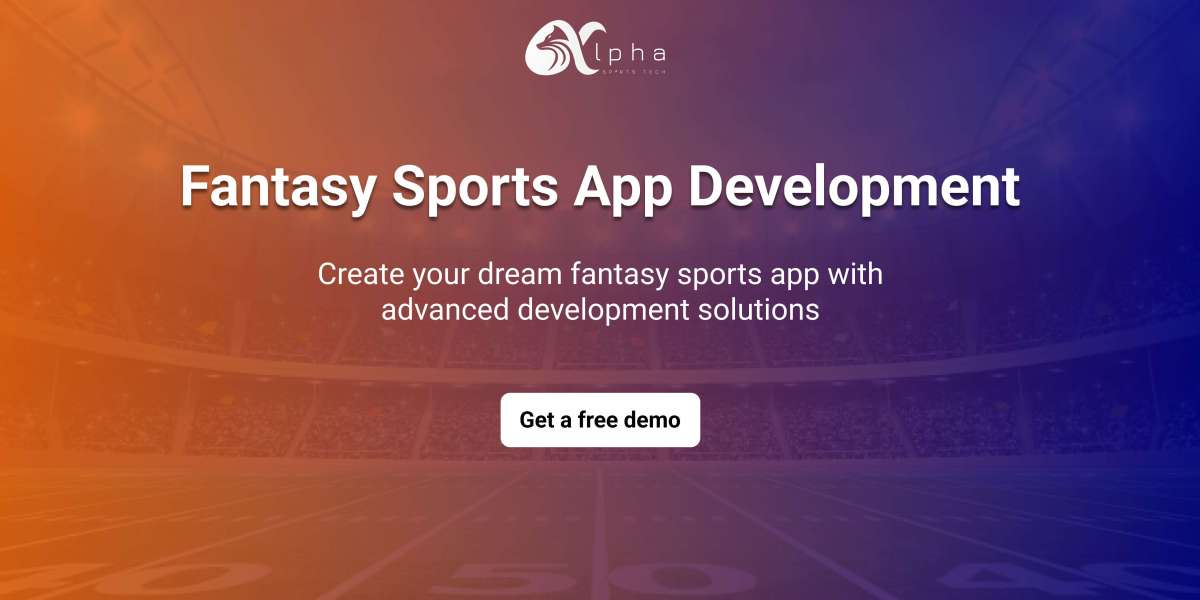As the popularity of fantasy sports continues to rise, developing a successful fantasy sports app not only requires innovative features and a seamless user experience but also a solid monetization strategy. In this blog, we will explore various monetization methods that can help you maximize revenue while providing value to your users.
What is Fantasy Sports App Development?
Fantasy sports app development involves creating applications that allow users to participate in fantasy sports leagues and games. These apps enable users to draft and manage virtual teams based on the performance of real-world athletes across various sports like football, basketball, baseball, and more. With features such as real-time updates, analytics, and community engagement, fantasy sports apps enhance the overall user experience, making them an essential platform for sports enthusiasts.
1. Freemium Model
The freemium model allows users to download and use the app for free while offering premium features at a cost. This approach encourages users to try the app without any initial investment. Premium features could include advanced analytics, ad-free experiences, or exclusive content. This model is popular in the fantasy sports market, as users can engage before deciding to pay for enhanced functionalities.
2. Subscription Plans
Offering subscription plans can provide a steady revenue stream. Users can subscribe to monthly or yearly plans to access premium features, exclusive content, or enhanced user experiences. Consider tiered subscription levels to cater to different user needs, such as basic, advanced, and premium packages.
3. In-App Purchases
In-app purchases can include virtual currency, additional game features, or special tools that enhance gameplay. For example, users could buy special player cards or access detailed statistics for a fee. This method can significantly boost revenue while keeping users engaged.
4. Advertising Revenue
Integrating ads into your app can be a straightforward way to generate revenue. Options include banner ads, interstitial ads, and sponsored content. Ensure that ads are not intrusive and do not compromise the user experience. Targeted advertising based on user preferences can also increase effectiveness.
5. Affiliate Marketing
Partnering with brands related to sports and gaming can open additional revenue channels. You can promote their products or services within your app, earning a commission for each sale generated through your referrals. This strategy works well if you have a large user base that trusts your recommendations.
Related blog : Fantasy Football App Development: Key Features, Challenges, and Solutions
6. Sponsorship and Partnerships
Establishing partnerships with sports teams, leagues, or brands can provide mutual benefits. Sponsors may pay to have their brand featured prominently in your app, gaining exposure to your audience. This strategy not only generates revenue but also adds credibility to your app.
7. Tournaments and Competitions
Hosting paid tournaments or competitions can attract users looking for a competitive edge. Charge entry fees for participants, and offer cash prizes or other rewards to winners. This method not only generates income but also keeps users actively engaged with the app.
8. Merchandising
Consider offering branded merchandise related to your app or fantasy sports in general. Items could include clothing, accessories, or collectibles that appeal to your user base. This can be an additional revenue stream and enhance brand loyalty.
9. Data Monetization
If your app collects valuable user data, consider anonymizing and selling this data to third parties, such as sports analytics companies. Ensure you comply with privacy regulations and maintain transparency with users about data usage.
10. Enhanced User Engagement Features
Offering features that enhance user engagement, such as social sharing, leaderboards, and community forums, can attract more users and increase retention. Engaged users are more likely to spend money on premium features and in-app purchases.
Cost to Develop a Fantasy Sports App
The cost to develop a fantasy sports app can vary widely based on several factors, including:
- Features and Complexity: Basic apps may start around $20,000, while complex apps with advanced features can exceed $100,000.
- Platform: Developing for both iOS and Android will generally cost more than developing for one platform.
- Design: A simple design can cost less, while a highly customized and interactive UI/UX design can increase expenses.
- Development Team Location: Rates vary by region; for instance, hiring developers in North America tends to be more expensive than in Eastern Europe or Asia.
- Maintenance and Updates: Ongoing costs for updates and server maintenance should also be factored in.
Conclusion
Monetizing a fantasy sports app requires a multifaceted approach. By combining several of these strategies, you can create a sustainable revenue model that benefits both your business and your users. Focus on providing value while exploring creative ways to generate income, and you’ll be well on your way to building a successful fantasy sports app.
Ready to take your fantasy sports app to the next level? Explore these monetization strategies and create a compelling experience for your users!
Refer : https://www.alphasportstech.com/fantasy-sports-app-development/








